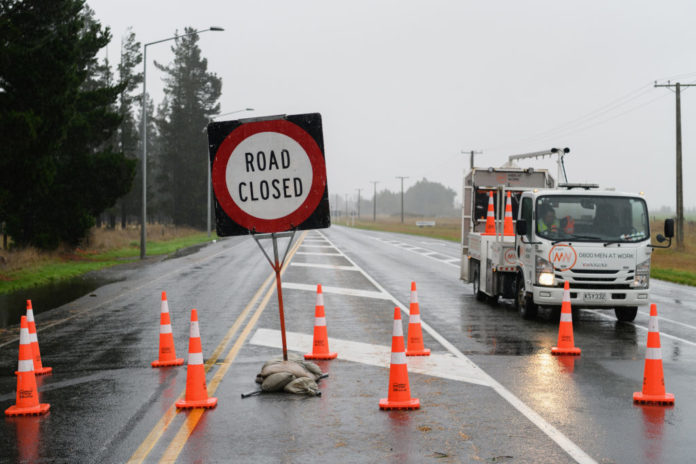Local Government New Zealand (LGNZ) says almost all New Zealand councils have now seen the initial level of investment required over the next 10 years as part of long-term planning, with many considering double-digit rates rises.
Councils are due to consult their communities on their draft long-term plans (LTPs) in the new year.
“Councils’ share of overall tax revenue has remained at 2% of GDP for the last 50 years, despite our ever-increasing responsibilities,” says LGNZ President, Sam Broughton.
“That’s not sustainable.
“The rates proposed in the LTPs are necessary to fund existing services and essential infrastructure, and while councils are always acutely aware of the need to balance the level of investment needed with affordable increases, the pressure on councils has reached the tipping point.”
Recent commentary from the Office of the Auditor General said it remained concerned following the analysis of the 202/21 results that councils might not be reinvesting enough in critical assets.
The Office said if councils underinvest in their assets, there was a bigger risk of asset failure and ultimately a reduction in the amount of services delivered to communities.
“Many households pay $2-3,000 per year just for one service such as power. Rates account for a huge range of infrastructure and services communities rely on, and are councils’ key tool to raise revenue,” said Mr Broughton.
“At a time when central government is talking about tax cuts, local leaders know rates increases are necessary to provide for communities’ futures. We cannot keep patching up worn out assets. Local councils are very aware of increases in the cost of living and how difficult this conversation is for communities.”
He said that continuing to rely so heavily on household and business rates was not a sustainable funding approach for local government.
“LGNZ will be working with the Government on a toolbox approach to addressing funding and financing challenges.”
“Not every tool works well for each council so we need to take a locally-led approach to finding the right levers for individual communities. Options for new funding mechanisms include revenue sharing between central and local government, which could form part of new city and regional deals. Our members have also strongly supported that the Government pay rates on all Crown land, as well as introducing new tools like congestion charging, bed taxes and tourist levies.
“A four-year term of local government would also make a dramatic improvement in productivity across councils and provide certainty. This would in turn create a longer-term pipeline of work for the private sector to partner with councils and deliver for Aotearoa New Zealand,” Mr Broughton said.
Āpōpō, the lead association for infrastructure asset management professionals, President Gary Porteous has backed LGNZ’s calls for a more sustainable funding approach that gives greater clarity around the future pipeline of infrastructure work.
His support follows the release of the first Āpōpō Member Sentiment survey, which highlights that New Zealand’s infrastructure has not improved in the past year, with the majority of respondents also believing the country doesn’t have sufficient capability to manage infrastructure assets.
“We are staring down the barrel of a tragedy without a longer-term and committed plan of investment in old and new infrastructure assets,” said Mr Porteous.
“Our survey shows that we need a step change to the way we fund, develop, manage, and maintain our country’s infrastructure,” he said.



